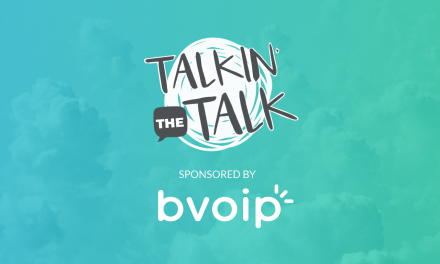Underlying Objections That Prevent Prospects From Purchasing Your Solutions
No matter how great of a salesperson you are, the chances of your potential customer signing and returning your quote on the spot are slim (nor should they). Most often, the prospect will sleep on it for awhile and review the proposal with other Decision Makers at their company before making their ultimate decision.
During this process the prospect will have underlying thoughts and objections that you should attempt to hedge against from the beginning of your pitch. The further you can get ahead of these silent objections, the less doubt the prospect will have after you leave the table. This will lower your risk profile in the eyes of the potential customer and significantly shorten the time they take to accept or decline your offer.
Here are a few of the most common reasons for hesitation during the quote approval process. Look to proactively address these in your pitch and during your proposal review:

READY TO SELL MORE IT CONTRACTS? GET THE COMPLETE STRATEGY YOU NEED TO MAKE IT HAPPEN.
The prospect doesn’t trust your solution.
Depending on their knowledge and experience, it is entirely possible that the potential customer does not trust the solution you designed for them. This could be because they are unfamiliar with the brands you selected or because they researched the problem on their own and found that other people have solved it a different way.
Take this into account and address this during your pitch. Let the prospect know why you chose the brands that you did and why the solution is the best fit for their goals.
The prospect doesn’t trust you as a provider.
If you are executing a brand strategy and creating consistent content, the prospect should already trust you as an expert in your field. While this might be true, not everyone that contributes to the company’s decision making process might have witnessed your funnel and therefore they might not trust your expertise the same as their coworker.
It is important to identify everyone that is involved in the approval and include them in the process early on. This will help to remove any default skepticism that might occur and ensure that everyone’s level of comfort is as close to even as possible.
The prospect doesn’t feel they need a solution.
If you have made stabilization recommendations during the solution design process that the customer didn’t necessarily ask for, they might feel as though these problems aren’t worth fixing. It could also be possible that they do want to fix the problem but think your quote is too high for an issue with low severity.
It’s important to always stress, not only the problems you are solving, but also the ones you are preventing. This will help them see the needs beyond what is right in front of them and better understand why you recommend what you do.
The prospect doesn’t think they can afford it.
One of the most common underlying objections is in regards to affordability. The business might not have the free cash flow to take on such as large expense, either up front or on a recurring basis. It is your responsibility as an IT Sales Executive to always present the hidden cost of doing nothing. Whether it is a security breach, loss of data, or productivity issue, all of these things have direct costs associated with them that are hidden and usually far greater than the cost to prevent them.
Find some concrete numbers to provide along with your quote to give your prospect a cost comparison between accepting and not accepting the proposal. This will allow you to build a case as to why they can’t afford not to make the improvements.
The prospect doesn’t think it’s the right time.
When a prospect asks for a quote but decides it’s “not the right time,” it could be for various reasons. It is possible they are considering closing or selling their business, or actively hiring someone that will eventually take over the procurement of services such as IT. Often times the prospect will also still be under contract with another provider and they feel more comfortable waiting until it gets closer to renewal to make their decision.
No matter what the reason, you should always look to stress the importance of acting now versus acting later. While we have already determined there is a cost to doing nothing, it also common for the likelihood of these costs to increase over time. For example, the longer a company goes without upgrading their security, the more susceptible they may be to potential threats. While “scare” tactics are not recommended, always stress the importance of your solution and what their risk level is for every day they do not have it.

SPONSORED BY ZEST
















